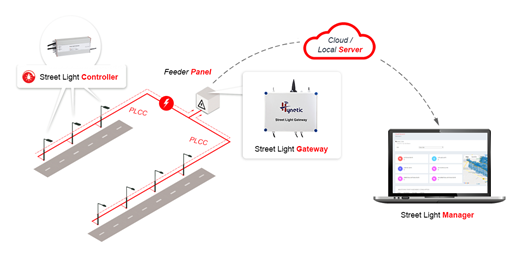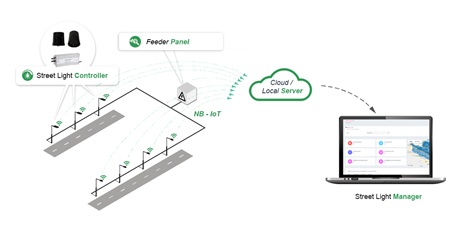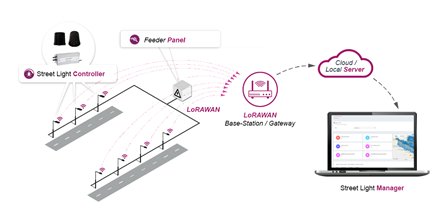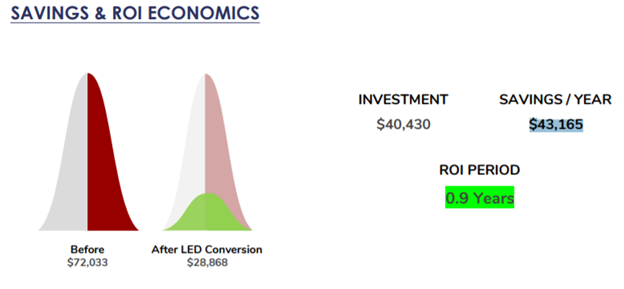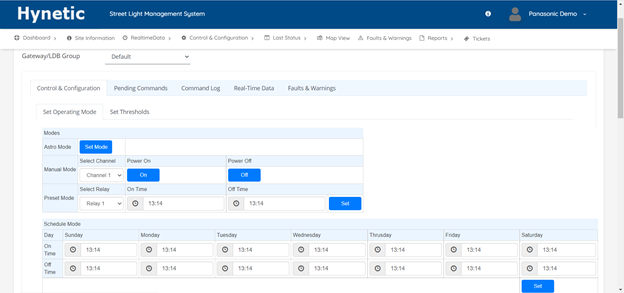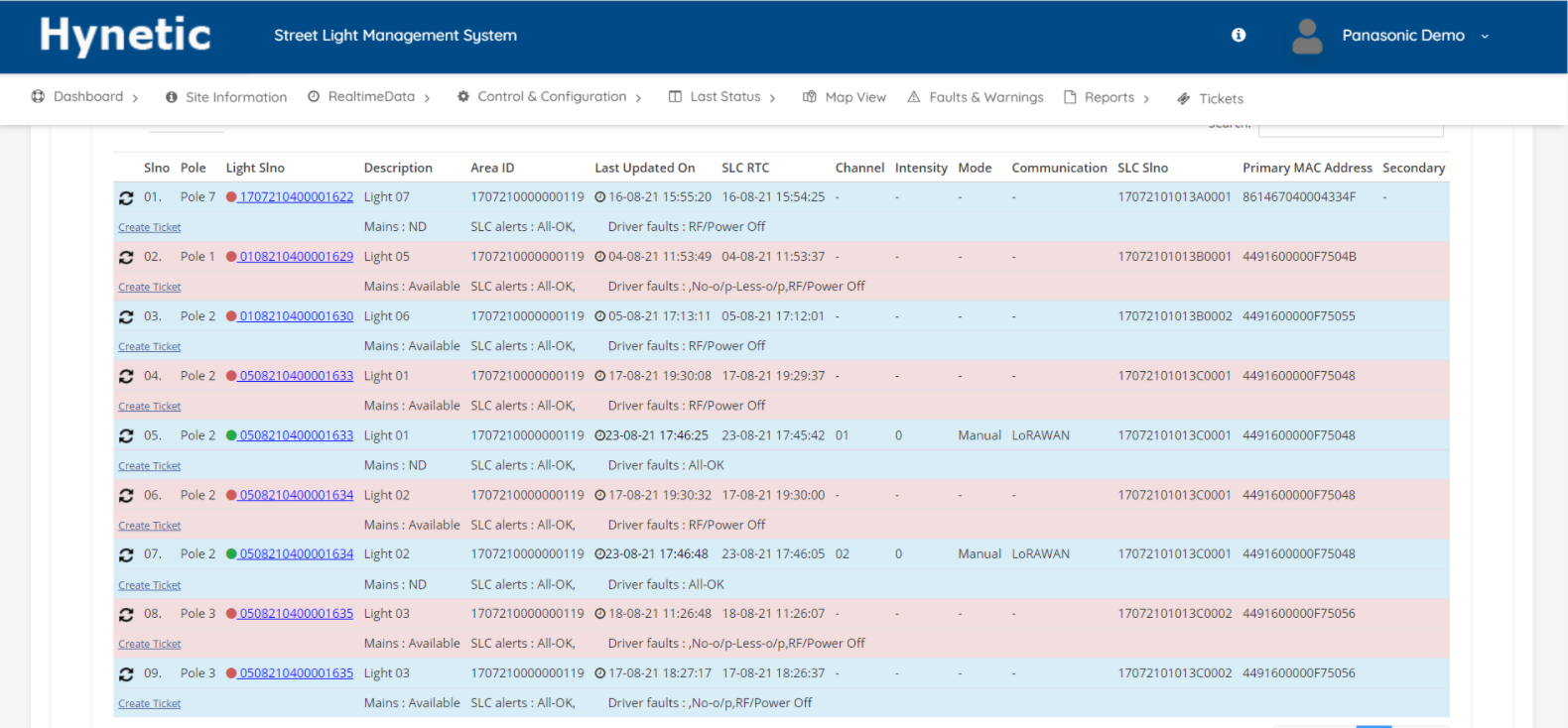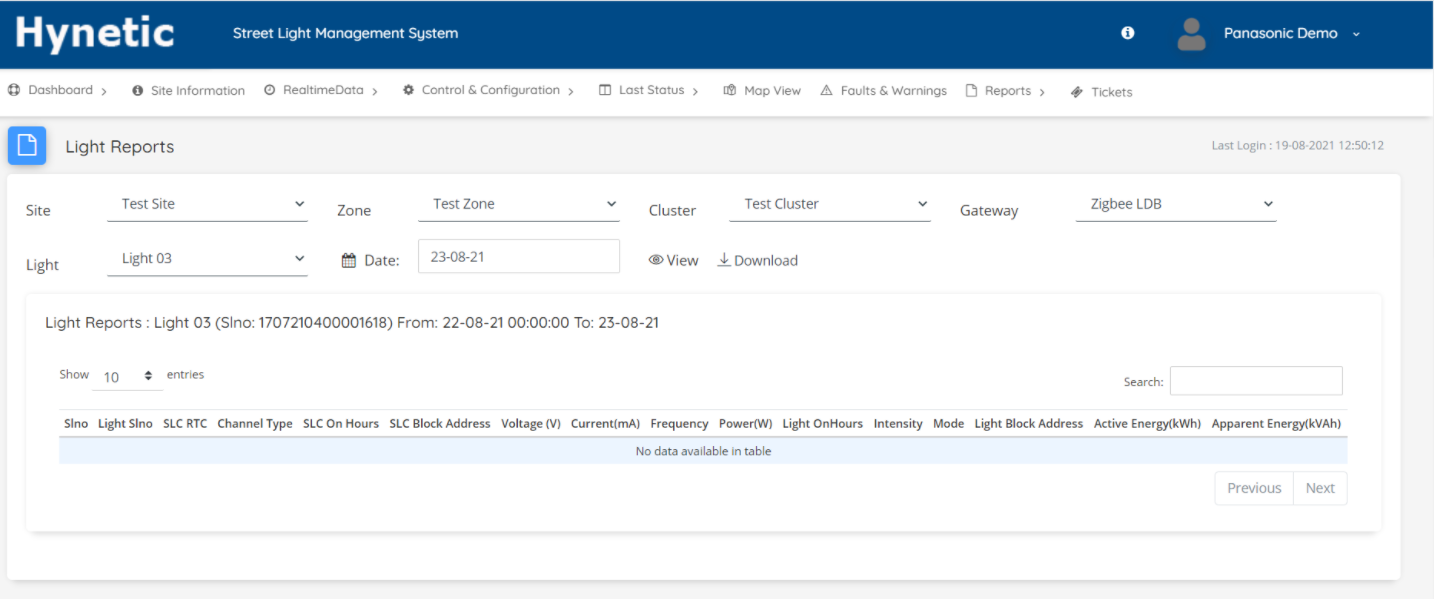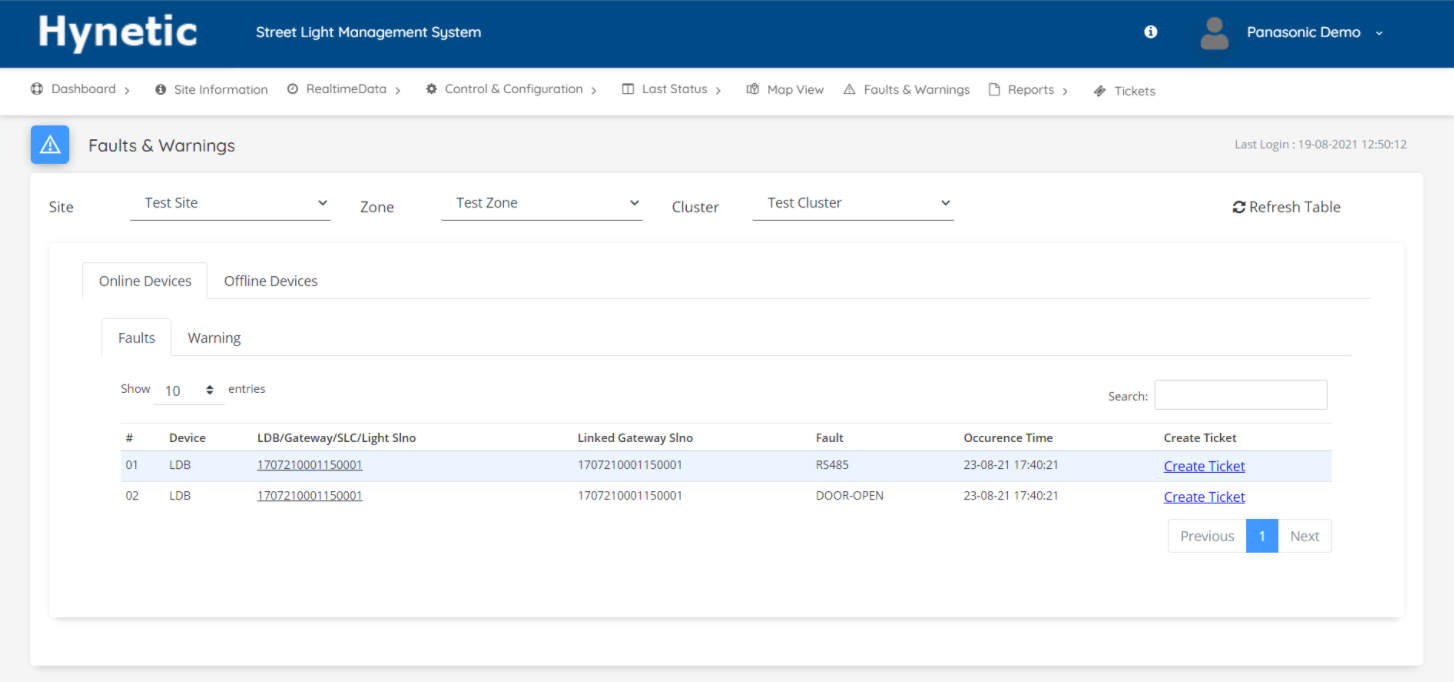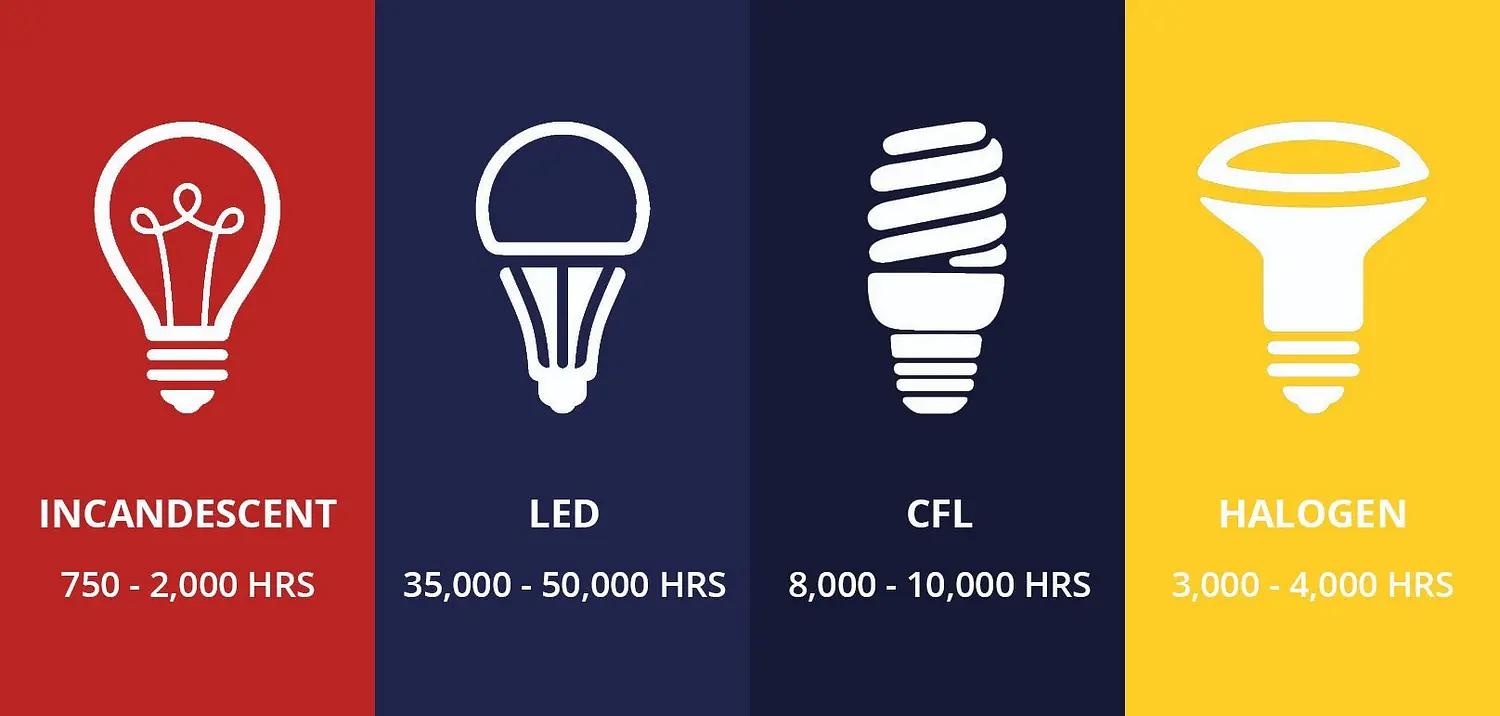BLOG
Energy-Saving Strategies in Smart Lighting Systems

Shreya Dr
Sept 25, 2021 4 min read
The primary goal of a smart lighting system is to save energy and cut down heavy operational costs. A robust lighting management system that leverages sensors with communication and analytics can generate energy savings, efficiency gains, lower operating costs, and a host of other benefits for the community. While such a system offers plenty of advantages, it’s important to incorporate energy-saving strategies to maximize their benefits. Here we talk about some energy-saving strategies that can be implemented in your smart lighting systems to maximize energy savings.
1. Replacing incandescent bulbs with LED lamps : The first step towards achieving greater energy savings can be accomplished by replacing traditional incandescent bulbs with LED lamps. LEDs use much less energy as compared to incandescent bulbs, because diode light is much more efficient, power-wise than filament light bulbs. For instance, the light output of a 12 watt LED flood lamp is comparable to a 50-watt incandescent bulb. Therefore, usage of LED lamps will lead to significant energy savings, they can yield a reduction in energy of up to 60%-65% when compared to incandescent bulbs.
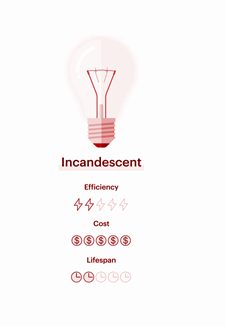
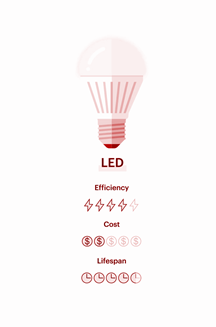
2. Dimming Control : Dimming plays a very important role in smart lighting systems, they can significantly reduce energy consumption by reducing the brightness and intensity of the luminaries as required. Dimming lights reduce their wattage by reducing the flow of electricity to the bulb which allows lights to operate with lower power outputs and brightness. Dimmers can also extend the life of your bulbs because lights under less stress shine for a longer period. Dimming comes into play when lights are used for very long periods; during peak hours of use the lights can be at their maximum intensity but at times when bright lighting isn’t required they can be lowered in intensity as and when required. Fig 2 gives a graphical representation of energy reduction using dimming controls over a period of 24 hours. Therefore, adding dimming controls or implementing auto-dimming features in your lighting system will lead to higher energy savings and reduced costs.
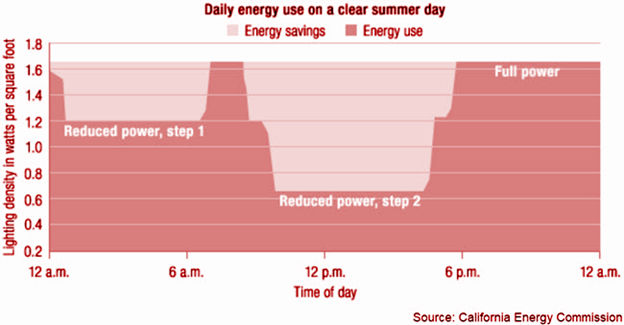
3. Occupancy/Vacancy Sensing : Integration of Occupancy and Vacancy sensors in a smart lighting system engenders remarkable energy savings. It’s a growing technology with the potential to pave the way for an IoT-enabled lighting infrastructure. Occupancy sensors can detect human presence and automatically turn ON lights when someone enters a room. Consequently, when an occupant leaves the room the lights will either turn OFF or lower in intensity (Dimming). Vacancy sensors on the other hand automatically turn OFF the lights when someone leaves the room without having the provision of an automatic ON. In such a case occupants will turn ON the lights only when required, this prevents false triggers or unnecessary illumination ( eg when an animal walks in or an object falls).

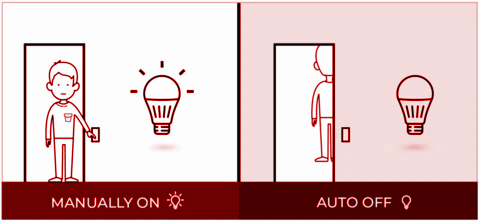
Implementation of occupancy or vacancy sensors will yield high energy savings. It’s ideal for IoT-enabled indoor lighting systems in offices, workplaces, etc. According to the Lawrence Berkeley National Laboratory, occupancy-based strategies can produce average lighting energy savings of 24%.
This concept can be extended towards implementing lighting zones using motion sensors. This is called lighting on demand (LOD), it’s an energy-efficient lighting control technique that dynamically adjusts the lights in a space according to its occupancy. Because LEDs are dimmable, they may be used in conjunction with controls and presence sensing to maximise their potential. Fig 5 and 6 illustrate the process of lighting on demand.

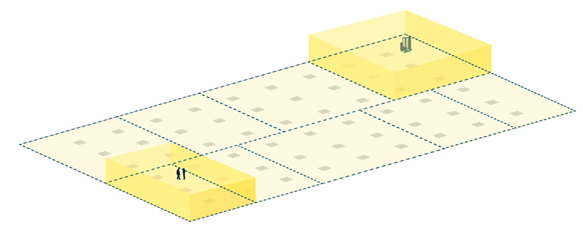

Fig 6 An Implementation of Lighting Zones
4. Astro Modes : Astro Mode is another unique feature in an intelligent lighting system, it enables a device to adapt intelligently to daily sunset-sunrise by determining the current date, time, and geographical location. Using this information it calculates the luminaires operating schedule depending on the duration of dark hours and light hours. We can say that this is a more intelligent auto-scheduling system that can be implemented in smart outdoor lighting systems to yield high energy savings.

5. Auto Scheduling : Many times, individuals often forget to turn OFF the lights before leaving their room or workplaces leading to unnecessary illumination. This results in higher energy costs on account of human errors. In situations like these, an auto-scheduling feature will come to our rescue. We can set predefined time slots to turn ON and turn OFF lights. For instance, we can schedule lights to turn ON in a workspace at 7 am and turn OFF at 11 pm. This strategy will significantly reduce energy consumption, especially in workspaces, which remain empty during overnight and weekends. Therefore, incorporating auto-scheduling will lead to an energy-efficient lighting system with lower electricity consumption.

6. Road categorization : Before implementing a smart street lighting system in a particular area, it’s important that we have information about the frequency of users on particular roads. Having this knowledge will help us in strategizing dimming, occupancy sensing, and auto-scheduling features for the lighting systems. Street lights can be at their max intensity for areas with high-density traffic. Motion sensors or occupancy sensors will be of no use in areas with a continuous traffic load or movement, therefore in such cases, we can cut down the cost of adding multiple sensors or features.
However, it wouldn’t be wise to follow the same strategy for roads with minimal traffic or movement because that would lead to wasteful energy consumption with higher costs. Therefore, it would be prudent to implement dimming control and occupancy sensing in such areas; with this strategy, lights can turn ON only upon sensing traffic and lowered in intensity when there is no traffic or movement. Fig 7. shows a busy street with bright street lights to support heavy traffic load, Fig 8. shows an empty street with only 1 car, street lights here are illuminated only when a car approaches
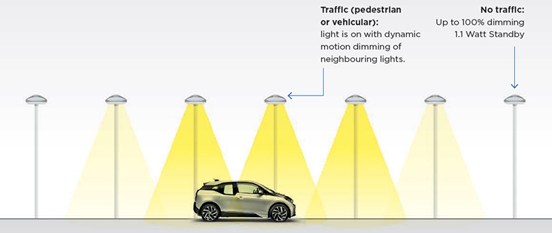
7. Daylight harvesting : Daylight harvesting is an interesting concept that is usually implemented in indoor lighting systems. In this concept, light intensity is adjusted in response to available natural daylight. Buildings with more windows and daylight can increase ambient light utilization, thereby ensuring maximum energy savings. The following illustrations can help us understand this concept.



Please enter your details below to access these blog resources.
Any questions please contact info@hynetic.com.
Thank You!
Do you need a smart street lighting solution?
Let us help you identify and evaluate the technical solutions that will help you reach your smart lighting and smart city goals.







